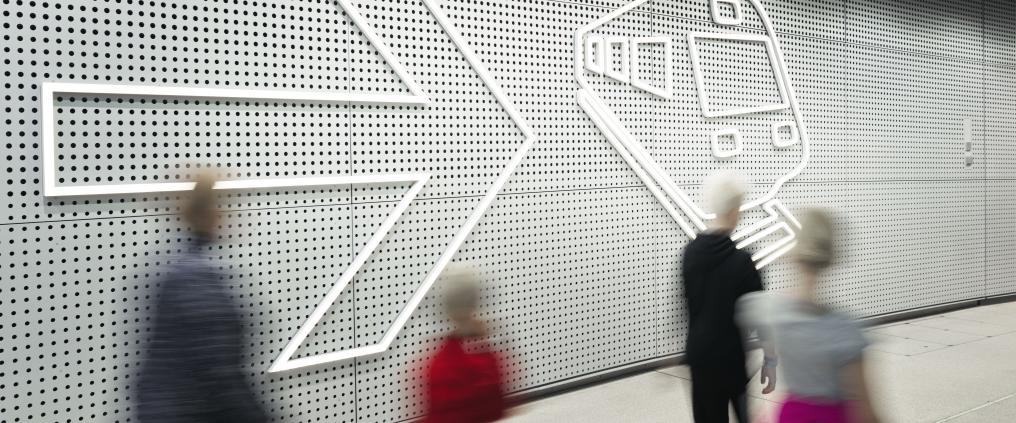Different forms of traffic are traditionally seen as rivals – they have been developed separately and compete for market share. In order to utilize the traffic infrastructure more efficiently, this old way of thinking, as well as operating environment and regulation have to change. Finland is among the first countries to take steps towards a more integrated traffic network.
Mobility as a Service (MaaS) has been the talk of the town for a few years. It is a user-centric approach to smart traffic networks, where different operators work seamlessly together and the traveller gets to their destination with a single ticket or fee. For example, this service can work on a mobile application, which optimizes the route, time and expense, creating one travel package.
Airports are hubs connecting different forms of transport.
Finavia actively takes part in this development together with MaaS experts. Although Finavia does not own any transport services, airports are hubs connecting different forms of transport. Therefore, public traffic, rental car services and parking locations are central to its airports’ operations.
It’s all about the traveller
How would a connected smart traffic network work in practice?
New operators are needed to bring old services together. There are already a few of these pioneers in Finland! The operators oversee pricing, ticket sales, and dividing the fees between different transport service providers. For the operators to be able to do their job, different service providers need open access to their schedules, vehicle locations and payment systems.
Current service providers need to commit to the new way of working and authorities should support the development through legislation. Steering is important because different operators have their own business interests in mind.
Most importantly, the traveller’s perspective needs to be considered. Travellers might not be interested in who provides the service if it fulfils their needs and gets them to the right place on time. With the new service model there is no need to spend hours comparing different transport providers – the application calculates and offers the most suitable option or combination. Everything takes place in the app: booking and paying, tracking the journey, changing travel plans and submitting feedback.
Demand drives traffic development
At their best, airports combine air traffic, private motoring and public transport seamlessly together. Finavia develops its airports as transport hubs and eases changing from one means of transport to another in several ways. For instance, at Helsinki Airport app and the Finavia website you can book parking spaces in advance, see how long the security check are, or search for information on an airports public transport connections.
Demand drives the development of traffic networks.
The primary driver of traffic network development is demand. Roads, rails or airports do not create traffic – connections are created only where they are needed. As highways and railroads develop and become even better, they can offer better service levels compared to air travel for shorter journeys.
The demand also affects schedules. In MaaS thinking, travellers can vote for the most suitable travel times and schedules can change continuously based on the demand. One day all traffic, including air travel, could be booking-based: the routes could change based on traveller needs, making transport even more personalised.
Transportation trends are now being followed closer than ever. They guide where investments are made. If all travel operators joined forces and committed to the MaaS thinking, travellers could be served even more flexibly in the future. Developing a smart traffic network is also a sustainable option: it means that we can adapt even quicker and better to the changes facing travel in the future.
